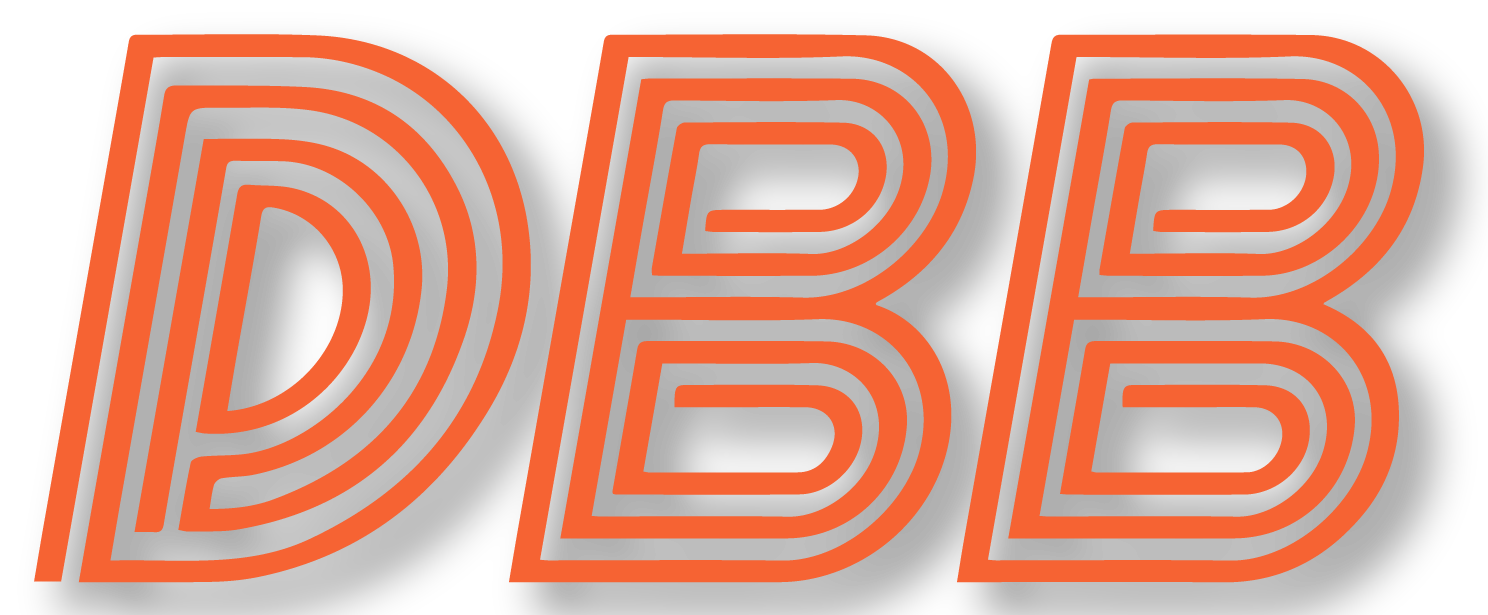A whole lot of attention has been paid to Chicago’s offense and defense this offseason, but there hasn’t been much focus on the unit that will see the largest turnover from 2020: special teams.
Bears special teams were quietly very good last year; they ranked 8th in total DVOA according to Football Outsiders, and were among the 10 best NFL teams in field goals, kickoff coverage, kickoff returns, and punt returns.
This was not a usual result for Chicago, as 2020 was the first year they were ranked in the top 10 for ST DVOA since 2012. To put that in perspective, in 2012 Lovie Smith was still the head coach, Dave Toub the ST coordinator, Devin Hester the return man, Robbie Gould the kicker, and Patrick Mannelly the long snapper. Those were the days.
_________________________
General Changeover
So how did Chicago celebrate their 2020 special teams success? By changing over much of the unit. The specialists – K Cairo Santos, P Pat O’Donnell, and LS Patrick Scales – all return, but many of their core ST players will not. Just look at the table below, which shows all 12 Bears who played at least 30% of the ST snaps last year.
The players highlighted in red are no longer with the Bears, and make up nearly half the list (5 of 12). Two more core special teamers – RB Ryan Nall and OLB James Vaughters – saw additions made to their position this offseason that leave them with an uphill climb to make the roster again. If those two are not able to stick, then 7 of the 12 players on this list will be gone. That leaves a whole lot of special teams snaps that will need to be filled.
The good news is that the Bears have emphasized bringing in players with ST experience this offseason. The table below shows new Bears who were core ST performers at their last stop. An * indicates the ST experience was in college.
You can see fairly logical replacements for the players who are leaving from above.














